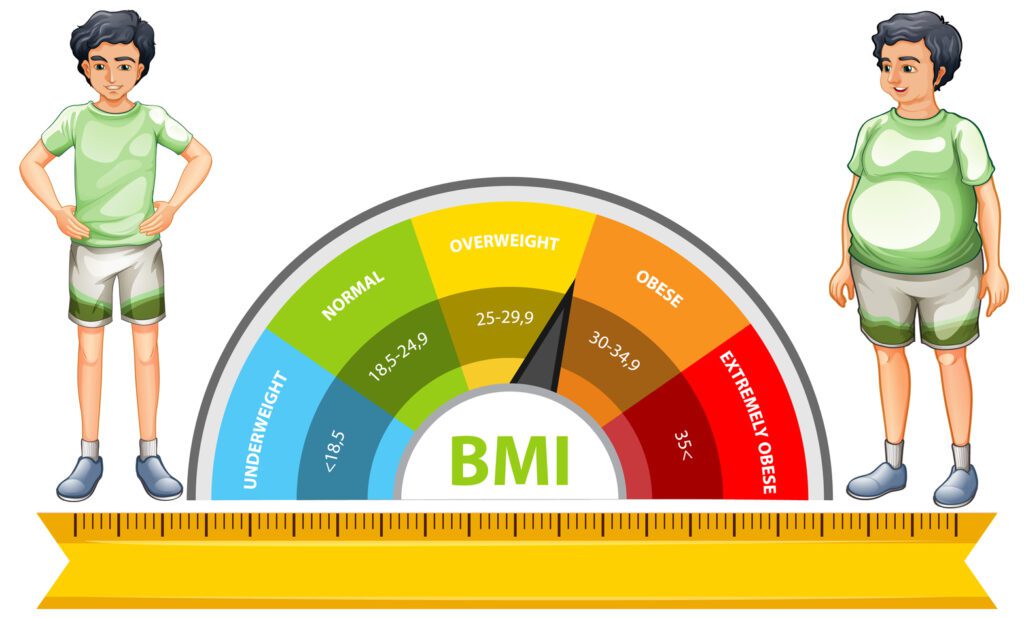Introduction
If you’re serious about changing your body—whether it’s fat loss, muscle gain, or simply maintaining your current weight—understanding your maintenance calories is essential. This article will guide you step-by-step through calculating your maintenance calories and show you how to calculate maintenance calories to reach your fitness goals. These concepts are fundamental to any nutrition strategy and can help you make smarter, data-backed food choices.
What Are Maintenance Calories?
Maintenance calories refer to the number of calories your body needs to consume each day to maintain your current weight. This amount includes the energy your body uses at rest (your Basal Metabolic Rate, or BMR) plus the energy expended during daily activities and exercise. In other words, it’s the total number of calories needed to keep your weight stable.
How to Calculate Maintenance Calories
To calculate your maintenance calories, start by determining your BMR using the Mifflin-St Jeor Equation:
For men: BMR = (10 × weight in kg) + (6.25 × height in cm) – (5 × age in years) + 5
For women: BMR = (10 × weight in kg) + (6.25 × height in cm) – (5 × age in years) – 161
Next, multiply your BMR by your Physical Activity Level (PAL):
– Sedentary (little or no exercise): BMR × 1.2
– Light activity (light exercise 1–3 days/week): BMR × 1.375
– Moderate activity (exercise 3–5 days/week): BMR × 1.55
– Very active (hard exercise 6–7 days/week): BMR × 1.725
– Super active (twice/day training): BMR × 1.9
This final number is your Total Daily Energy Expenditure (TDEE), which is your estimated maintenance calorie level.

What Is a Calorie Deficit?
A calorie deficit occurs when you consume fewer calories than your body needs to maintain its current weight. As a result, your body begins using stored fat for energy, leading to fat loss. A common and sustainable deficit is 15–25% below your maintenance calories. For example, if your maintenance level is 2,400 calories, a deficit would be around 1,800–2,000 calories per day.
However, extremely low calorie intake can lead to muscle loss, hormonal issues, and fatigue. Therefore, it’s better to create a modest deficit combined with exercise for best results.
What Is a Calorie Surplus?
A calorie surplus happens when you eat more calories than your body needs for maintenance. Consequently, these additional calories are used to build muscle (if you’re training consistently) or are stored as fat (if you’re not). To gain lean muscle mass, a small surplus of 5–15% is typically recommended. For example, if your maintenance is 2,400 calories, a surplus would be 2,520–2,760 calories daily.
This approach supports muscle growth, strength gains, and performance improvements—especially when paired with a progressive strength training program.
How to Adjust Over Time
Your maintenance calories are not static. They may change due to weight gain, fat loss, changes in activity levels, or metabolic adaptations. As a result, it’s important to recalculate your TDEE every few months or whenever you notice a plateau.
In addition, track your weight and energy levels weekly. If your weight isn’t changing as expected, adjust your intake by 100–200 calories and monitor the results.
Tips for Success
Here are some actionable tips to get the most from your calorie strategy:
– Use apps like MyFitnessPal or Cronometer to log food.
– Be honest with tracking to avoid underestimating.
– Prioritize whole foods and lean protein for satiety.
– Get 7–9 hours of sleep to support recovery and fat loss.
– Stay hydrated and consistent with workouts.
Conclusion
Whether you’re aiming to lose fat, build muscle, or maintain your current weight, understanding your maintenance calories is the foundation of success. By calculating your TDEE and adjusting with a strategic calorie deficit or surplus, you can align your nutrition with your goals in a smart, sustainable way.
In conclusion, knowledge is power—especially when it comes to calories. Start tracking, stay consistent, and watch your body change for the better. Need help figuring out your ideal daily intake? Try our BMI + calorie deficit calculator.




Pingback: HIIT vs Strength Training: Which Is Better for Fat Loss & Fitness - FitroFuel
Pingback: Reverse Dieting: Safely Transitioning from a Caloric Deficit - FitroFuel
Pingback: Fasted Workouts Benefits: Are They Better Than Fed Training? - FitroFuel